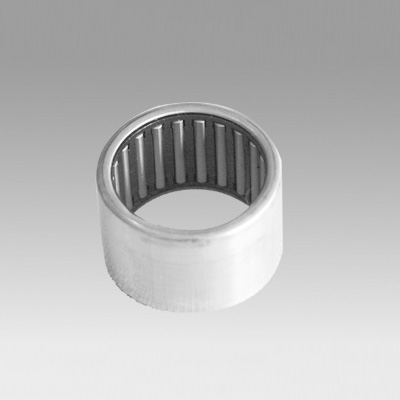
Nov . 15, 2024 13:57 Back to list
ball bearing thrust washer
Understanding Ball Bearing Thrust Washers Design, Function, and Applications
Ball bearing thrust washers play a critical role in the functionality of various mechanical systems. As a key component in many machines, they help manage axial loads and enhance the efficiency of rotating components. In this article, we will delve into the design, function, and applications of ball bearing thrust washers, providing insight into why they are an integral part of modern engineering.
Design and Composition
Ball bearing thrust washers are typically made from high-strength materials such as steel, bronze, or plastic composites. The choice of material largely depends on the application requirements, including load capacity, wear resistance, and operating environment. The design of these washers includes a flat surface that interfaces with the rotating components, allowing for smooth movement while effectively accommodating axial loads.
These washers often feature a series of ball bearings that are embedded in the washer itself or held in a cage. The arrangement of the ball bearings allows them to roll smoothly across the surface, reducing friction and wear on both the washer and the shaft it supports. The ball bearings distribute the load evenly, minimizing stress concentrations and prolonging the lifespan of the components involved.
Function and Benefits
The primary function of a ball bearing thrust washer is to support axial loads in rotating machinery. Axial loads are forces that act parallel to the axis of rotation, and they can be generated by various sources, such as the weight of the load being carried or the dynamics of moving parts. Ball bearing thrust washers help maintain proper alignment and prevent lateral movement, ensuring that mechanical systems operate smoothly and efficiently.
One of the key benefits of using ball bearing thrust washers is their ability to reduce friction between moving parts. This reduction in friction not only enhances the performance of the machinery but also contributes to energy savings. By minimizing resistance, ball bearing thrust washers help to decrease wear and tear on components, extending their operational lifespan and reducing maintenance costs.
ball bearing thrust washer

Moreover, these washers are designed to withstand high speeds and heavy loads, making them suitable for a wide range of applications
. The durability and reliability of ball bearing thrust washers are essential for industries that rely on precision engineering and high-performance machinery.Applications Across Industries
Ball bearing thrust washers find applications across a multitude of industries, from automotive to aerospace, manufacturing to robotics. In the automotive sector, they are used in various components such as gearboxes, steering systems, and suspension systems, where they help manage loads and enhance performance.
In aerospace, ball bearing thrust washers are crucial for aircraft engines and landing gear systems, where they ensure reliable operation under extreme conditions. Additionally, they are utilized in industrial machinery to facilitate smooth motion in conveyor systems, pumps, and turbines.
The versatility of ball bearing thrust washers extends to consumer electronics as well, where they can be found in devices such as hard drives, electric motors, and home appliances. Their ability to handle both high load capacities and high-speed rotations makes them indispensable across multiple domains.
Conclusion
In summary, ball bearing thrust washers are fundamental components that play a vital role in the efficiency and reliability of various mechanical systems. Their innovative design, coupled with their functional benefits, makes them a preferred choice in a wide range of applications. As industries continue to evolve and demand higher efficiency and performance, the importance of thrust washers will only grow, reinforcing their status as essential components in the realm of engineering and manufacturing. Understanding their function and applications is crucial for anyone involved in design and maintenance of mechanical systems, as these small yet powerful components contribute significantly to overall machinery performance.
Latest news
-
Premium Deep Groove Ball Bearings | High Speed & Reliability
NewsAug.29,2025
-
Durable Scaffolding Clamps - Secure & Reliable Tube Connectors
NewsAug.28,2025
-
Common Failures in Thrust Ball Bearings and Solutions
NewsAug.22,2025
-
How Tapered Roller Bearings Can Take Shock Loads
NewsAug.22,2025
-
Angular Bearings in High-Precision Spindles
NewsAug.22,2025
-
The Impact of Misalignment on Cylindrical Roller Bearing Performance
NewsAug.22,2025
